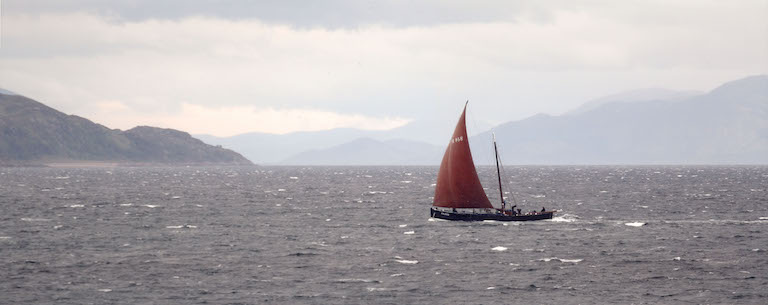Fish have been recognised as a major food source by people around the world from the earliest times. Archaeologists have shown that fishing was important to the first people who settled in Scotland around 7,000 BC. At this stage in history, fishing was a subsistence activity, undertaken only to feed the fisherman and his immediate community.
Fishing was a natural industry for the people of the British Isles, particularly Scotland. By the medieval period, salmon was an important resource and herring was exported to continental Europe. As the industry developed, fishertouns and villages sprang up to supply the growing towns and fishing became more specialised. The many religious houses in Scotland acted as a spur to fisheries, granting exclusive fishing rights and demanding part of their tithes in fish.

Dutch herring busses
Over the centuries, the Crown and later, the Government, sought to encourage fisheries, with varying degrees of success. They granted licenses to catch and market fish and provided bounties for boat-building and, from the 18th century, for the curing of herring. However, the Napoleonic Wars and severe competition meted out by Dutch and Norwegian fishermen, both of whom had developed more intensive methods of fishing, acted as barriers to development.
Private schemes and Government initiatives did begin to have an effect by the early 19th century, however, and the Industry rapidly increased from 1808 onwards.























